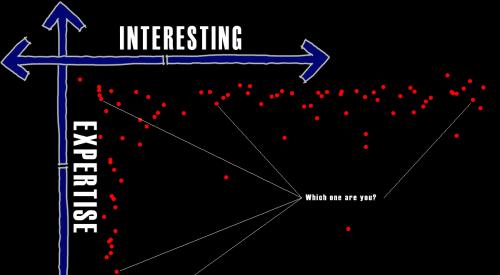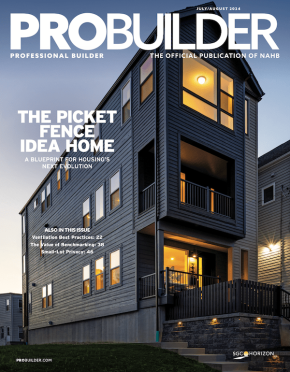If you ever find yourself in Amsterdam, visit the canal houses. The famous Amsterdam canal houses are more than just quaint, waterfront properties: With each look, historical architecture buffs can piece together the vibrant, bustling life of the residents of Amsterdam 300 years ago. A crane attached to a building may seem out of place now, but years ago cranes were used to heave large packages up to the second floor, which acted as storage space. The canal homes, now mainly apartments, were built as mixed-use buildings that served as homes, storage, and business shops all in one. They tell the story of Amsterdam’s unique economic structure that concentrated wealth in a rich upper-class versus the treasure chests of kings, queens, and feudal lords.
Amsterdam’s canal houses may be beautiful, but we shouldn’t assume that they were always sites of a leisured, easy life. Look closely at the appearance and layout of these skinny, extremely photogenic buildings, laid out across the city’s canal belt during the Dutch Republic’s 17th century peak, and there are telltale signs that they were built not solely for living: Cranes projecting from their gables; deep, murky plots; and internal staircases almost as steep as ladders. Indeed, these houses may still be impressive, but when completed, their uses were a little different from what we might associate with a “house” today.
Amsterdam’s canal houses may be beautiful, but we shouldn’t assume that they were always sites of a leisured, easy life. Look closely at the appearance and layout of these skinny, extremely photogenic buildings, laid out across the city’s canal belt during the Dutch Republic’s 17th century peak, and there are telltale signs that they were built not solely for living: Cranes projecting from their gables; deep, murky plots; and internal staircases almost as steep as ladders. Indeed, these houses may still be impressive, but when completed, their uses were a little different from what we might associate with a “house” today.











